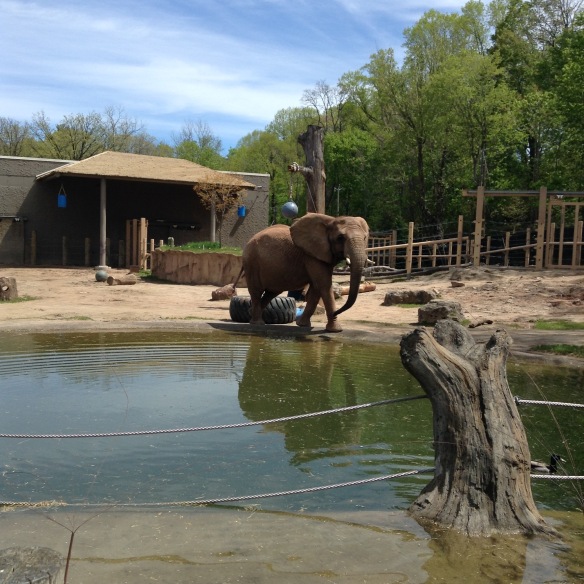My local zoo just received two red pandas. The zoo is undergoing a facelift – better and larger spaces for the animals with a more natural environment. They also are getting a few new animals and sending some away to other zoos.

These red pandas are a welcome addition. They certainly are cute, and so many people including children as young as three excitedly asked zookeepers questions.

Red pandas are endangered with less than ten thousand in the wild. Their natural home is in the Himalayans, and deforestation is the main culprit for their low population numbers.

They seem to be closer in relation to a raccoon rather than a giant panda!
 Their fur is a beautiful color and fluffy which sadly make them a popular hunting target in the wild.
Their fur is a beautiful color and fluffy which sadly make them a popular hunting target in the wild.

They spend their days in the treetops, and are most active at night.
 Zoos are involved in conservation of the species. The Knoxville Zoo in the US is considered the premier place in North America for red panda conservation.
Zoos are involved in conservation of the species. The Knoxville Zoo in the US is considered the premier place in North America for red panda conservation.
 All photos taken by me at the Seneca Park Zoo in Rochester, NY.
All photos taken by me at the Seneca Park Zoo in Rochester, NY.



 Photo: taken at Elephant Nature Park
Photo: taken at Elephant Nature Park
